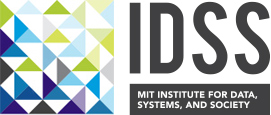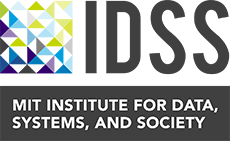Univariate total variation denoising, trend filtering and multivariate Hardy-Krause variation denoising
E18-304 , United StatesAbstract: Total variation denoising (TVD) is a popular technique for nonparametric function estimation. I will first present a theoretical optimality result for univariate TVD for estimating piecewise constant functions. I will then present related results for various extensions of univariate TVD including adaptive risk bounds for higher-order TVD (also known as trend filtering) as well…

